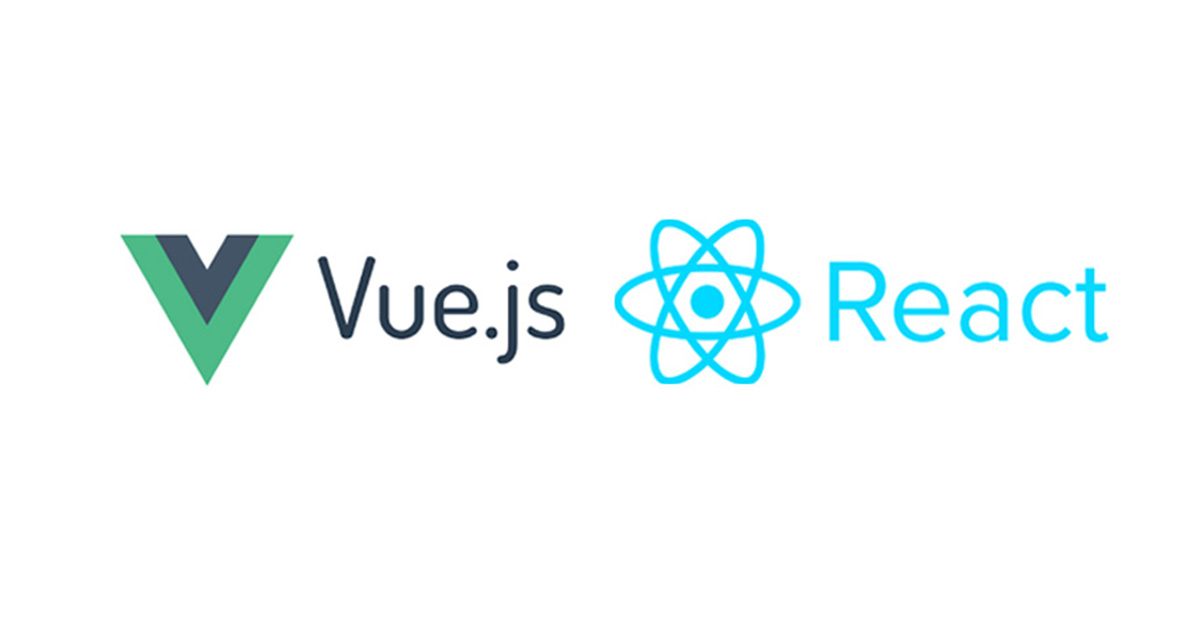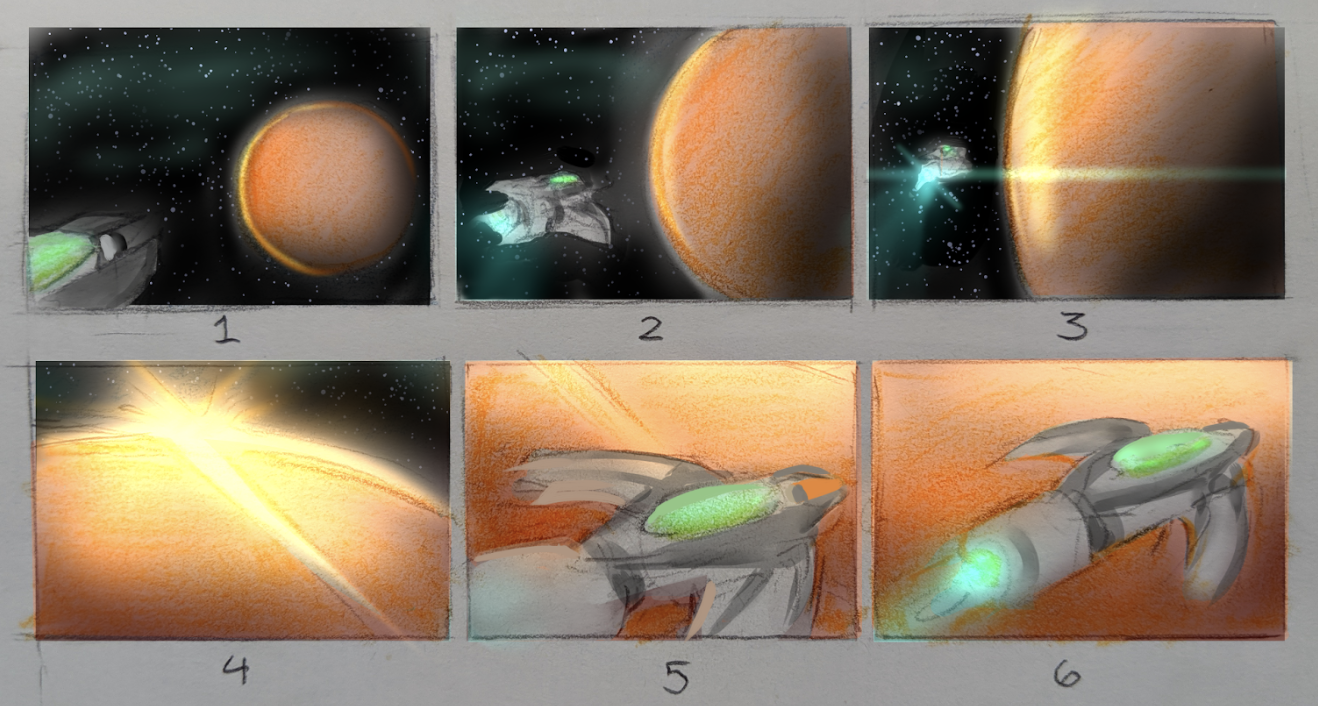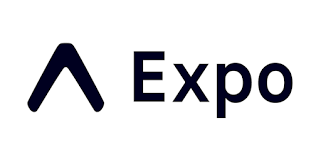Analyzing Two Frontend Technologies: Vue vs. React

Two of the most popular front-end technologies today are React and Vue.js. Current usage statistics reveal that React has been the most-used front-end technology for quite some time, with none of the other options really challenging its position. However, Vue.js, a new, progressive JavaScript framework, is gaining popularity and boasting satisfaction ratings comparable to React’s.
This post provides my opinions on the strengths, weaknesses, and overall usability of these two frameworks. Though I’ve only spent about one year working with each, I’ve had the opportunity to explore many of the features they have to offer and see firsthand how each has been designed to respond to developer needs.







